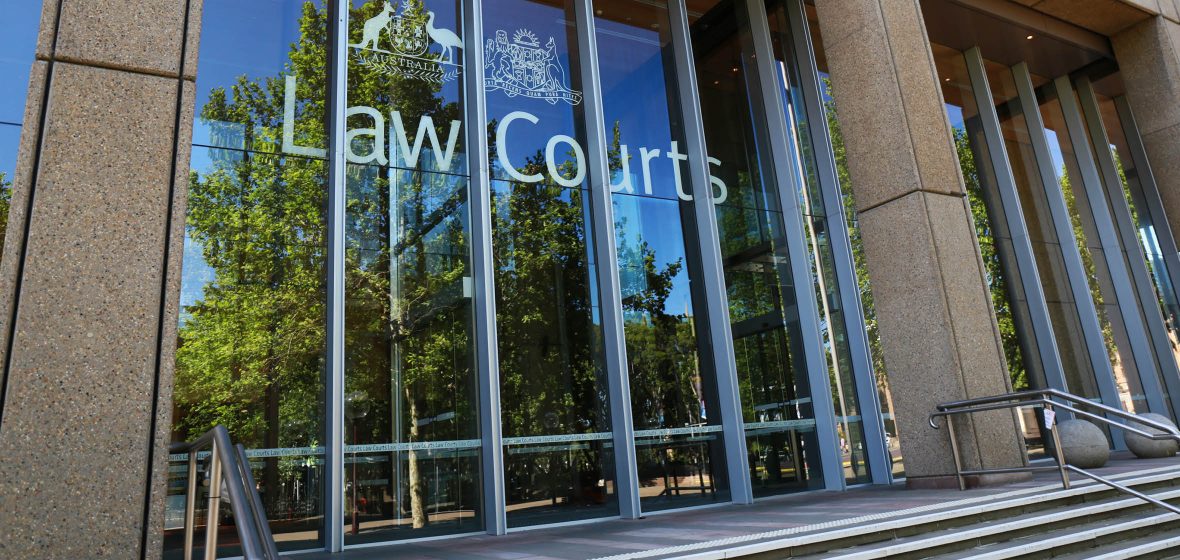Snapshot
- There are well established and clear protocols for communications with judges and judges’ chambers. However, recent judgments demonstrate that breaches of the protocols are not uncommon.
- Exceptions apply, but generally there should be no communication with a judge’s chambers without the prior knowledge and consent of all active parties to the proceedings.
- Given the consequences of failure to comply with the protocols, it is important that litigation lawyers be familiar with the requirements.
In many aspects of litigation practice, the old, cumbersome, and more formal court rules and practices have been replaced with streamlined, efficient and less formal procedures.
In the area of communications (particularly emails) sent to a judge’s chambers, it is necessary however to observe strict formalities and protocols.
These requirements have been clearly fixed for some time, but the various recent judgments, and our own experience, demonstrate that non-compliance/breach of these protocols is disturbingly frequent.
These requirements were summarised by Justice Kunc in Ken Tugrul v Tarrents Financial Consultants Pty Ltd (in liquidation) [2013] NSWSC 1971. They were also adopted and summarised by Justice Robb in Stanizzo v Badarne [2014] NSWSC 689, as follows below.




